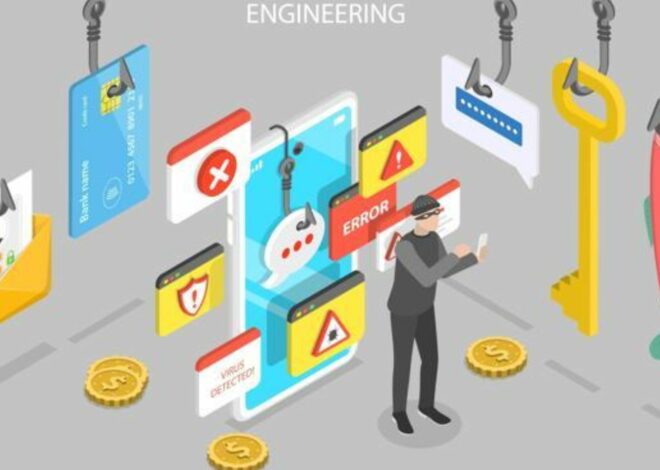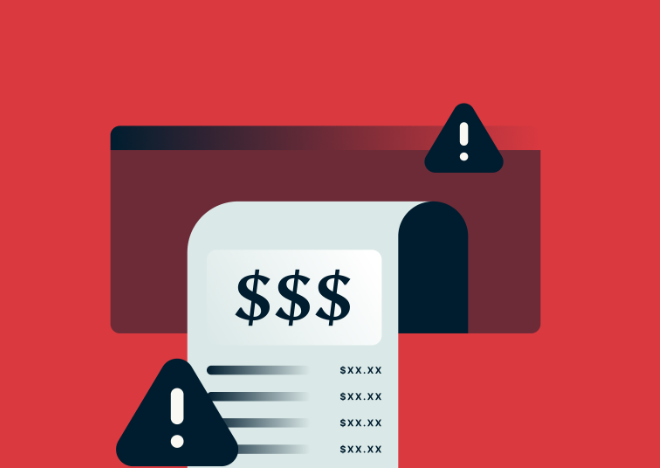
Best Practices for Preventing Ransomware Attacks
In an increasingly digitized world, ransomware attacks have become a significant threat to individuals and organizations alike. These malicious attacks can lock you out of your own data, encrypt critical files, and demand hefty ransoms for their release. The impact of a successful ransomware attack can be devastating, ranging from financial losses to reputational damage. Prevention is undeniably the best line of defense against ransomware. By implementing best practices, you can significantly reduce the risk of falling victim to such attacks.

Regularly Update Your Software
One of the most common tactics used by ransomware attackers is exploiting vulnerabilities in outdated software. Regularly updating your operating system, applications, and antivirus software can close security gaps and make it much harder for attackers to breach your system.
Educate Your Team
Ransomware often infiltrates organizations through phishing emails or malicious links. Training your employees to recognize suspicious emails and websites can be a powerful defense. Conduct regular workshops and mock drills to ensure they are well-prepared.
Use Robust Antivirus Software
Investing in high-quality antivirus software can act as a protective shield against ransomware. Ensure your antivirus software includes real-time scanning, automatic updates, and malware removal features.
Implement a Firewall
A strong firewall can filter out malicious traffic and unauthorized access attempts. Configure your firewall to block unnecessary ports and services, limiting exposure to potential threats.
Backup Your Data Regularly
Frequent data backups are crucial. In the event of a ransomware attack, having secure, up-to-date backups can save you from paying a ransom. Store backups offline or on a segregated network to protect them from being encrypted.
Apply the Principle of Least Privilege
To minimize the potential impact of ransomware in the event of a user account compromise, limit user permissions to only the essentials required for their roles.
Employ Email Filtering Tools
In today’s digital landscape, email is one of the primary avenues through which ransomware attacks infiltrate organizations. Ransomware authors often use email as a delivery mechanism, sending malicious attachments or phishing emails to unsuspecting recipients. This is where email filtering tools come into play as a powerful defense against such threats.
- Automated Detection of Suspicious Content: Email filtering tools are designed to scan incoming emails for any signs of suspicious content. They use a combination of techniques, including signature-based detection, heuristics, and behavior analysis, to identify potentially harmful elements within the email.
- Phishing Detection: Phishing emails, which trick recipients into revealing sensitive information or clicking on malicious links, are a common precursor to ransomware attacks. Advanced email filters excel at recognizing the telltale signs of phishing attempts. This includes checking for mismatched URLs, known phishing indicators, and suspicious email headers.
- Attachment Scanning: Ransomware is often delivered through infected attachments. Email filters can thoroughly scan email attachments, looking for known malware signatures or unusual file behavior.
Network Segmentation
Divide your network into segments with restricted communication between them. This can prevent ransomware from spreading laterally throughout your organization’s infrastructure.
Invest in Cybersecurity Awareness Training
Training your workforce is a key defense against ransomware. Make sure employees understand the risks, can identify potential threats, and know the proper procedures to follow in case of a security breach.
Final Thoughts
By following these best practices, you can proactively protect yourself and your organization from the devastating consequences of a ransomware attack. Prevention is not only the most cost-effective approach, but it also provides peace of mind, knowing that you’ve taken significant steps to safeguard your digital assets.
Preventing ransomware attacks is a shared responsibility. When individuals and organizations work together to implement these best practices, they create a formidable defense against this ever-evolving threat landscape.


